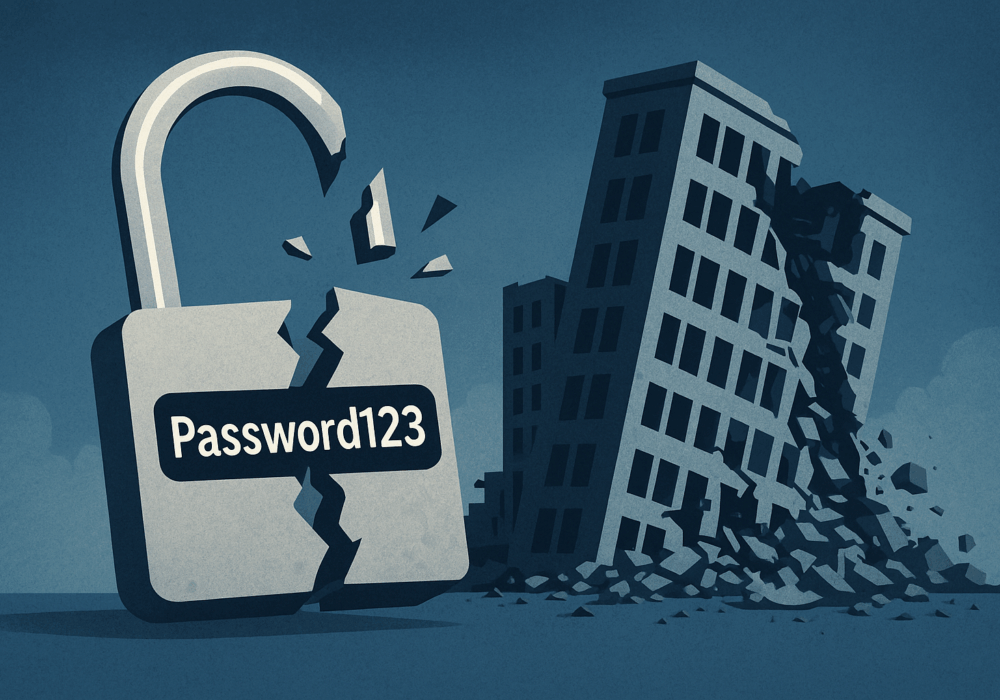Bloatware is software that comes pre-installed with the purchase of a new computer or device. Many vendors include dozens of “utilities” and sometimes even “3rd Party software solutions” which add to the bloat of a computer system’s file system, memory utilization, and in Windows, the registry. Thus the term bloatware. Your registry, harddrive, and memory are all bloated with unnecessary software.
Examples might include QuickTime on a windows system and iTunes or PhotoBooth on a Mac. These applications might be beneficial to some users, but most users don’t want the extra bloat these applications bring and the slow down to their systems they can cause.
Bloatware use to be much, MUCH more prevalent in the 90’s and 00’s when it was normal for PC’s to ship with a few dozen extra programs not only installed but set to run on startup every time. Vendors have been thoroughly chastised for these practices and today, most of the extra programs, while installed are not set to run automatically.
Maintain a standard image for all your company computers to have. There are many benefits to everyone having a consistent, identical, and secured build for their use. You can remove any and all “bloat” from this image and enhance supportability with a few utilities your IT department would like everyone to have (including an Antivirus solution).
Whenever you buy a new computer for yourself, go into the control panel, installed programs, and remove anything you do not need. If you’re not sure about a program, Google it for enough information to decide whether to remove it or keep it. Then review your start-up software and remove anything from starting up that you don’t really need.
Select the Start button, then select Settings > Apps > Startup. Make sure any app you want to run at startup is turned On. If you don’t see the Startup option in Settings, right-click the Start button, select Task Manager, then select the Startup tab. (If you don’t see the Startup tab, select More details.)
Source: Techopedia
Additional Reading: Chinese Apps Ban Doesn’t End User Data Theft, There Is Bloatware You Can’t Uninstall
Related Terms: Trialware
Bloatware isn’t something that is typically causing problems within operating systems these days, although it was a problem for earlier versions of devices. If you are having issues with your device, it’s a smart idea to look at your memory and see what is taking up a lot of power and memory and determine if you need those programs. If you are on an operating system that still has a large amount of bloatware, it’s a good time to switch to an updated, more secure system. In your SMB, it’s important to always have fast and secure operating systems. Getting rid of the bloatware or even older operating systems that come with bloatware is always a good idea as it can help with productivity and less downtime. Looking for alternatives to applications that you often use is also a good idea, as there are many Software as a Service (SaaS) solutions that are available online, using less resources.
Discover and share the latest cybersecurity trends, tips and best practices – alongside new threats to watch out for.

The rapid rise of generative AI has unlocked enormous promise, but it’s also accelerating the arms race in...
Read more
Newly discovered Android banking Remote Access Trojan (RAT), dubbed Klopatra, has compromised more than 3,000...
Read more
In June 2025, KNP Logistics Group, a transport company in the UK with 500 trucks and nearly two centuries of...
Read moreGet sharper eyes on human risks, with the positive approach that beats traditional phish testing.
